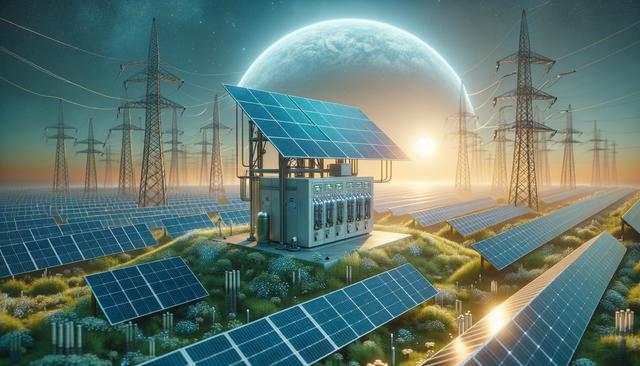Understanding Your Sunlight Potential
Before diving into the complexities of solar power systems, it’s crucial to assess whether your home can effectively harness solar energy. The key factor here is sunlight exposure, which varies based on location, roof orientation, and shading from nearby structures or trees. A south-facing roof without obstructions is ideal, but east- or west-facing roofs can also work efficiently. Tools like sunlight calculators or professional assessments can provide insights into your specific situation, ensuring you make an informed decision on solar power system suitability.
Exploring Different Solar Power Systems
Once you’ve established your roof’s potential, the next step is understanding the types of solar power systems available. Primarily, they fall into three categories:
- Grid-connected systems: These are the most common, allowing you to draw electricity from the grid when your panels aren’t producing enough and to send excess power back to the grid.
- Off-grid systems: Perfect for remote locations, these systems are entirely independent of the grid and require substantial battery storage to ensure a constant power supply.
- Hybrid systems: Combining elements of both, hybrid systems offer flexibility by using battery storage to keep some energy available during outages, while still being connected to the grid.
Understanding these systems can help you decide which one aligns best with your energy needs and lifestyle.
The Role of Battery Storage
Battery storage is a pivotal component of modern solar power systems, especially for those looking to maximize energy independence. Batteries store excess energy produced during peak sunlight hours, making it available during the night or on cloudy days. The choice of battery depends on factors such as capacity, lifespan, and cost. Popular options include lithium-ion and lead-acid batteries, each with distinct advantages. Investing in quality storage solutions can significantly enhance the reliability and efficiency of your solar power system, offering peace of mind and energy security.
Assessing Financial Incentives and Savings
One of the most compelling reasons for adopting a solar power system is the potential for financial savings and incentives. Many regions offer tax credits, rebates, or feed-in tariffs that can substantially reduce the initial investment cost. Additionally, solar panels can lead to significant reductions in energy bills, offering long-term financial benefits. To accurately assess cost-effectiveness, consider factors like installation costs, expected savings on electricity bills, and available incentives. A well-planned investment in solar power can lead to substantial economic and environmental rewards.
Making the Right Choice for Your Home
Choosing the right solar power system requires careful consideration of various factors, from technical specifications to financial implications. It’s essential to collaborate with reputable solar providers who can guide you in selecting the appropriate system tailored to your energy needs, roof conditions, and budget. Take the time to research, compare options, and consult with professionals to ensure your choice aligns with your goals. With the right setup, transitioning to solar energy can be a rewarding and impactful decision for your home.
Conclusion: Is Solar Power Right for You?
Ultimately, deciding whether a solar power system is right for your home hinges on several key factors, including sunlight exposure, system type, financial incentives, and personal energy goals. By thoroughly evaluating these elements and seeking expert advice, you can make an informed decision that not only benefits your household but also contributes to a more sustainable future. Embracing solar energy can be a transformative step towards energy independence and environmental stewardship.
